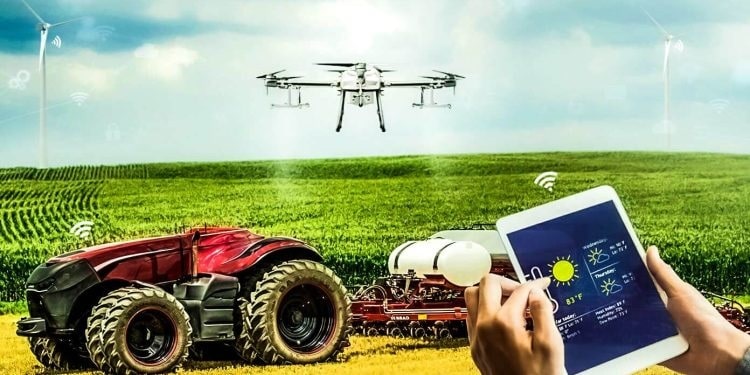Biometric Technology: From Security to Everyday Applications
Biometric technology, once confined to the realm of high-security access points and forensic investigations, has now permeated everyday life, becoming an integral part of various applications. From unlocking smartphones to securing sensitive data, biometrics has evolved beyond its initial role in security and law enforcement. This article explores the journey of biometric technology, its expansion into diverse domains, and the implications for the future.
Table of Contents
Security Reinvented: Biometrics in Authentication
The primary domain where biometric technology made its mark is security. Biometrics utilizes unique physical or behavioral characteristics for identification, such as fingerprints, iris patterns, voice recognition, and facial features.
Unlike traditional passwords or PINs, biometric data is inherently personal and difficult to replicate, providing a more secure means of authentication. This has led to widespread adoption in securing sensitive information, access to buildings, and even in border control systems.
Smartphones and Biometric Unlocking: A Personal Touch
One of the most visible applications of biometric technology in everyday life is the integration of fingerprint and facial recognition systems in smartphones. Users can unlock their devices, authorize transactions, and secure personal data with a simple touch or glance.
This not only enhances security but also provides a convenient and user-friendly experience, eliminating the need for cumbersome passwords.
Biometrics in Healthcare: Patient Identification and Monitoring
In healthcare, biometric technology plays a crucial role in patient identification and monitoring. Hospitals and healthcare providers are adopting biometric solutions to ensure accurate patient records, prevent identity theft, and streamline access to medical information.
Additionally, biometrics aids in monitoring and managing patient health, with wearables incorporating features like heart rate monitoring and biometric data analysis for a more comprehensive approach to healthcare.
Financial Transactions: Securing Digital Payments
The financial sector has embraced biometric technology to enhance the security of digital transactions. Biometric authentication methods, such as fingerprint or iris scanning, add an extra layer of protection to online banking, mobile payments, and other financial activities.
This not only reduces the risk of fraudulent transactions but also provides a seamless and efficient way for individuals to manage their finances securely.
Workplace Integration: Time and Attendance Tracking
Biometric technology has found its way into the workplace, simplifying time and attendance tracking for employees. Systems that utilize fingerprint or facial recognition help organizations accurately record employee working hours, manage access to secure areas, and improve overall security within the premises. This automated approach reduces administrative overhead and ensures the integrity of attendance records.
Education and Biometrics: Enhancing Campus Security
In educational institutions, biometric technology contributes to campus security and attendance tracking. Biometric systems can be employed to control access to school premises, monitor attendance, and ensure the safety of students and staff. This application of biometrics helps create a secure learning environment while streamlining administrative processes.
Conclusion:
The evolution of biometric technology from a niche security tool to a ubiquitous presence in everyday life signifies a paradigm shift in how we interact with the world around us. As technology continues to advance, we can expect further innovations and expansions of biometrics into new realms, simplifying processes, enhancing security, and offering a more personalized and seamless user experience.
While challenges such as privacy concerns and ethical considerations persist, the widespread integration of biometric technology is undeniably transforming the way we approach security and everyday tasks. As we move forward, the careful balance between innovation and ethical considerations will be crucial in shaping the future landscape of biometric applications.





